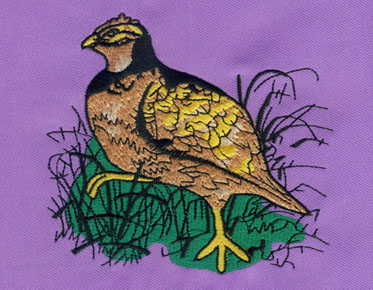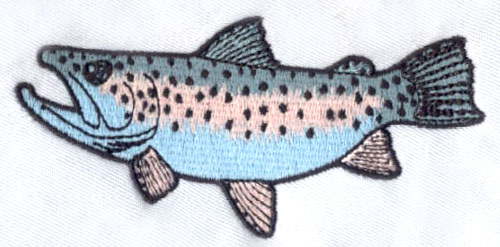Assessing the Success of a Sewout: Key Indicators and Measurement Criteria
After completing a sewout, it is important to
assess its success to ensure the desired results have been achieved. In this
article, Eagle Digitizing will
explore how to determine the success of a sewout and discuss the key indicators
and measurement criteria that can be used.
Importance of Sewout Assessment:
Assessing the success of a sewout allows for quality control, helps identify areas for improvement, and ensures that the final embroidered piece meets the desired standards. By evaluating key indicators and measurement criteria, pattern-making enthusiasts can make informed decisions and fine-tune their processes for optimal results.
Key Indicators for Sewout Success:
1. Design Accuracy:
The first indicator of a successful sewout is
the accuracy of the embroidered design. Compare the sewn design to the original
design or embroidery digitization design
to ensure that the stitches and colors align with the intended design. Custom
embroidery digitizing services play a crucial role in achieving design accuracy
through their expertise in digitizing and converting designs into stitch-ready
files.
2. Stitch Quality:
The quality of the stitches is another
important indicator. Evaluate the stitch density, stitch length, and stitch
formation to ensure that they are consistent and even throughout the sewn
design. Well-defined and clean stitches contribute to the overall appearance and
durability of the embroidery.
3. Thread Tension:
Proper thread tension is vital for a
successful sewout. Inspect the sewn design for balanced tension, where the
upper and lower threads are evenly and securely stitched into the fabric.
Irregular tension can lead to puckering, thread breaks, or loose stitches.
Adjusting the tension settings or seeking guidance from custom embroidery digitizing services can help achieve optimal
thread tension.
4. Fabric Presentation:
Assess how the fabric presents itself after
the sewout. The fabric should be smooth, without puckering, pulling, or
distortion caused by excessive tension or inadequate stabilization. The choice
of fabric, proper hooping, and suitable stabilizers are crucial factors in
achieving a visually pleasing result.
5. Durability:
Evaluate the durability of the sewn design. A successful sewout should withstand normal wear and tear without threads coming loose or stitches unraveling. The density and tension of the stitches, along with appropriate backing or stabilizers, contribute to the longevity of the embroidery.
Measurement Criteria for Sewout Success:
To measure the success of a sewout, consider
the following criteria:
1. Visual Inspection: Conduct a visual
inspection of the sewn design, comparing it to the original design or embroidery digitizing design. Look for
any deviations, inconsistencies, or flaws.
2. Touch and Feel: Assess the texture and feel
of the embroidery. Smooth, well-defined stitches and a secure bond with the
fabric contribute to a satisfactory tactile experience.
3. Wearability and Functionality: Consider how
the embroidered piece performs in its intended use. Assess its durability,
flexibility, and ability to withstand laundering or other specific
requirements.
4. Client Satisfaction: The ultimate measure
of success is client satisfaction. Seek feedback from clients or end-users to
gauge their level of satisfaction with the sewn design. Their input can provide
valuable insights for future improvements.
Assessing the success of a sewout is essential
to ensure the quality and accuracy of the final embroidered piece. By
evaluating key indicators such as design accuracy, stitch quality, thread
tension, fabric presentation, and durability, pattern-making enthusiasts can
make informed decisions and refine their processes. Professional embroidery digitizing services play a vital role in
achieving successful sewouts through their expertise in embroidery digitization
and design optimization. Embrace the assessment process, measure against the
established criteria, and strive for continuous improvement in achieving exceptional
sewout results.



